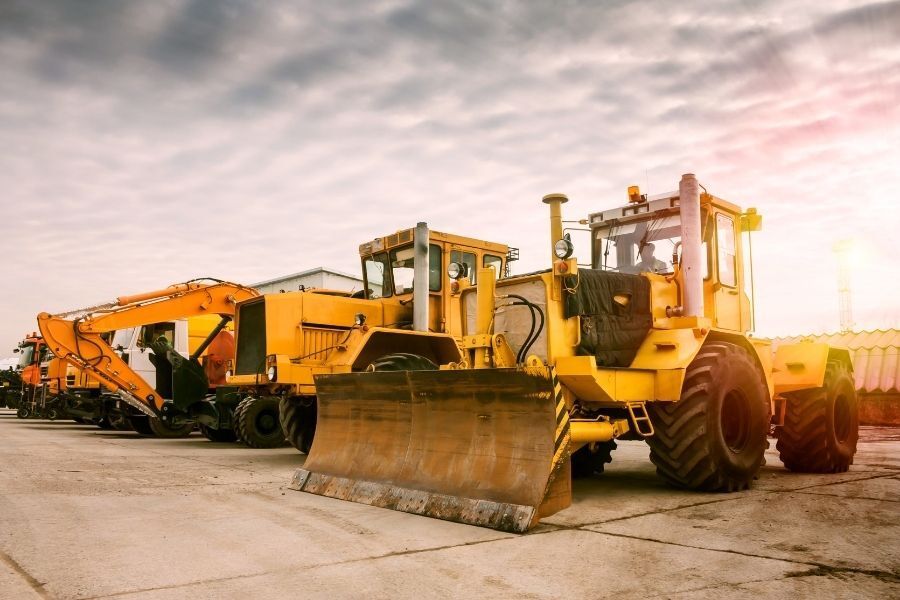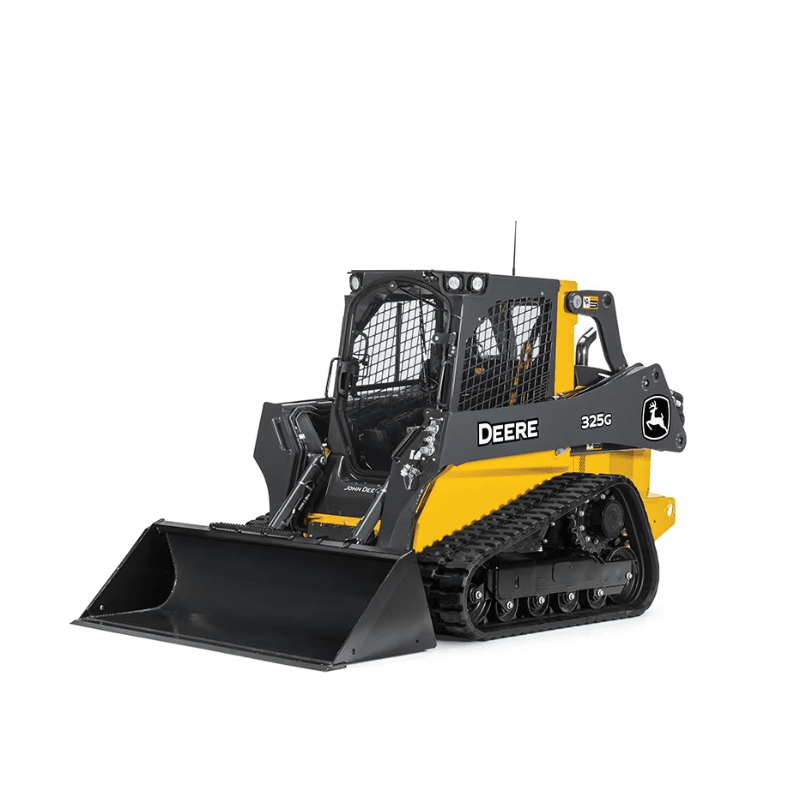Optimize Your Budget Plan by Understanding the Costs Related To Construction Tools Leasings
Understanding the complete extent of prices linked with building equipment services is critical for optimizing your budget plan. While the preliminary rental fee might seem uncomplicated, various extra costs-- such as transportation, gas surcharges, and upkeep-- can rapidly collect, impacting your financial preparation. Being mindful of various fees and the intricacies of rental arrangements can help stay clear of unanticipated economic burdens. What strategies can be utilized to properly handle these prices and ensure a much more reliable rental experience?
Overview of Rental Prices
When thinking about construction tools rentals, understanding the associated prices is critical for reliable budgeting and job preparation. Rental expenses can vary dramatically based on a number of factors, consisting of devices type, duration of service, and location. The preliminary rental fee usually shows the devices's market demand and its connected operational capabilities, affecting the general expense.
Along with the base rental price, ancillary expenses might arise, such as transport fees, fuel additional charges, and maintenance fees. It is important to make up these additional costs to properly assess the overall price of renting out equipment. In addition, the rental duration can affect prices; longer rentals might qualify for discounted rates, while temporary leasings could incur higher everyday fees.

Breakdown of Rental Rates
An extensive understanding of rental rates is vital for professionals and job managers intending to enhance their budget plans. Rental rates for construction tools commonly contain a number of parts, consisting of base rates, time-based charges, and usage costs.
Base prices are the core fees related to the rental of the tools, commonly determined by the kind and size of the equipment. These prices can differ substantially, affected by elements such as devices need, schedule, and regional market patterns. Time-based costs, which may be daily, weekly, or monthly, serve to accommodate different task timelines and rental durations.
Additionally, rental prices may include use costs, which apply when tools is used beyond a specified limit, guaranteeing that the rental company can make up wear and tear. Seasonal need changes can also affect rental prices, with peak construction periods usually regulating greater costs.
In addition, comprehending the rental firm's policies pertaining to maintenance and insurance can supply further understanding right into the general price structure. By analyzing these elements, professionals can make enlightened decisions, making sure the option of rental equipment straightens with both task requirements and budget plan restraints.
Extra Charges to Consider
Comprehending the ins and outs of added fees is vital for contractors to manage their general leasing costs successfully. Beyond the typical rental prices, numerous additional charges can considerably impact the total cost of equipment rental. These fees frequently include distribution and pick-up costs, which can differ based on distance and logistics involved in transferring the tools to and from the work website.
Additionally, some rental business may impose fuel surcharges if the equipment is returned with much less gas than when leased. It is likewise vital to be conscious of prospective cleaning costs, specifically for customized tools that calls for detailed upkeep after use.

Thoroughly evaluating the rental agreement and making clear these extra fees ahead of time can assist service providers make certain and prevent unanticipated prices that budget plans remain intact throughout the task lifecycle.
Upkeep and Repair Expenses
Routine repair and maintenance expenses are frequently forgotten elements that can dramatically affect the total expense of building and construction devices services. When renting equipment, it ready mix concrete pump price is critical to consider not just the rental costs however additionally the potential prices associated with keeping the equipment in optimal operating condition.
Lots of rental companies consist of basic maintenance as component of the rental arrangement; however, a lot more unanticipated breakdowns or extensive fixings can lead to extra expenditures. It's important to examine the rental agreement carefully to understand what maintenance services are covered and this contact form what obligations drop on the occupant.
Moreover, tools that is not well-maintained can lead to ineffectiveness on the task website, possibly causing delays and boosting project costs. To reduce these dangers, it is recommended to carry out routine evaluations and keep open interaction with the rental copyright pertaining to any kind of concerns that emerge throughout usage.
Insurance Policy and Responsibility Expenses
Insurance coverage and obligation costs are vital parts that can dramatically affect the general expense of construction tools services (dozer rental). These costs ensure that both the rental firm and the client are protected from possible financial losses arising from crashes, damage, or burglary throughout the rental period

Furthermore, customers must know any deductibles or exemptions in the insurance coverage policy, as these can influence potential out-of-pocket expenditures. Comprehending the conditions of any insurance protection is important to stay clear of unforeseen expenses. Inevitably, budgeting for insurance and responsibility expenditures can aid make certain a smoother rental experience and shield against monetary threats associated with building tasks.
Conclusion
In final thought, a detailed understanding of the expenses connected with construction equipment leasings description is essential for reliable budget administration. Ultimately, notified decision-making concerning equipment rentals adds to the general success of building ventures.
Rental expenses can differ dramatically based on several elements, consisting of devices type, duration of rental, and area (dozer rental). The rental duration can affect pricing; longer rentals might certify for discounted rates, while short-term services may incur greater daily charges
By carrying out extensive study and engaging with respectable rental firms, professionals can successfully browse the complexities of rental prices, inevitably maximizing their monetary resources.
Past the conventional rental prices, various additional fees can considerably impact the complete cost of equipment leasing. Rental companies typically give responsibility insurance policy that covers injuries to 3rd parties or damage to residential property, while devices damages insurance can cover the expense of repairs or substitute if the leased tools is harmed.